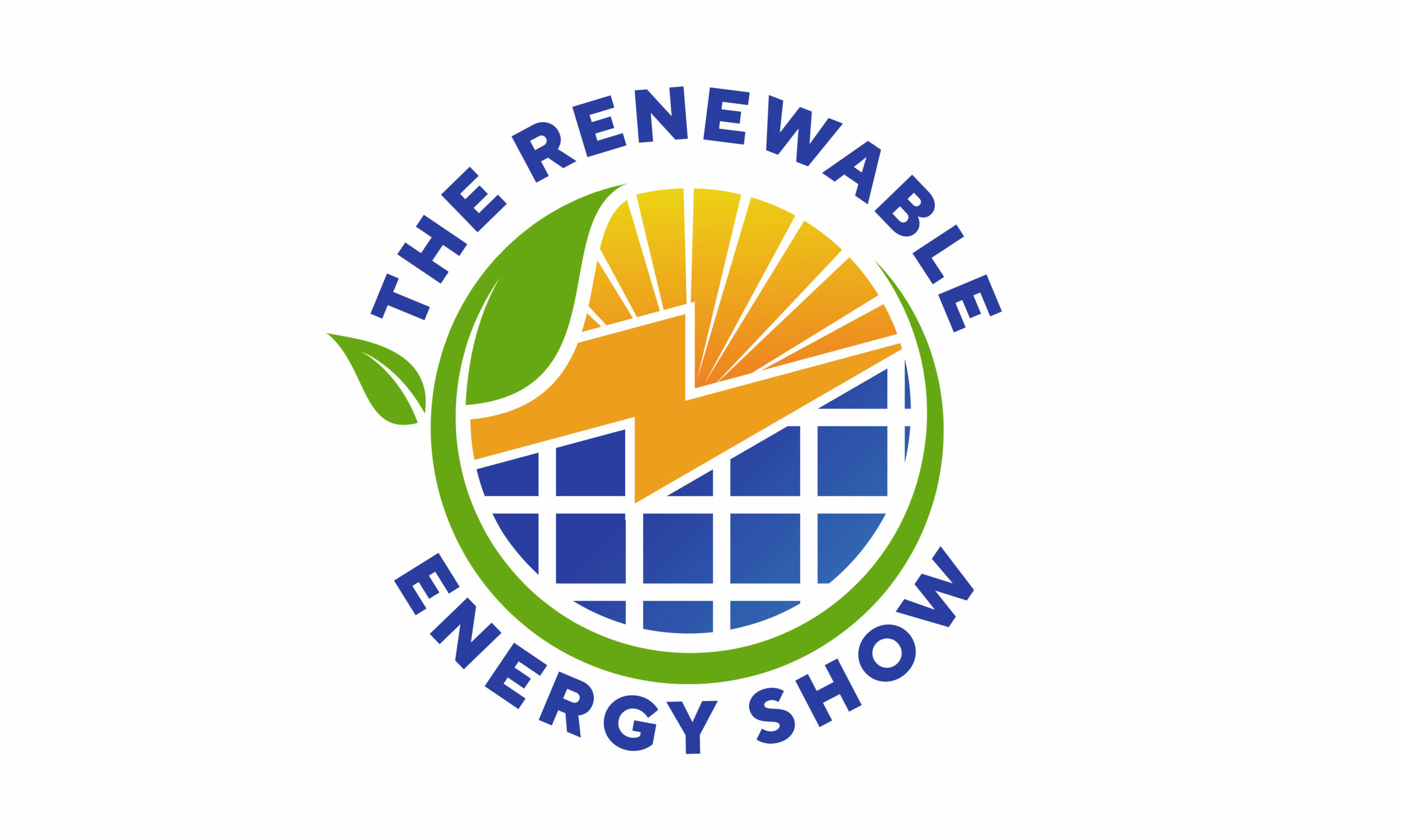As the world grapples with the challenges of climate change, energy security, and sustainability, one of the most promising solutions is being overlooked – hydroelectric power. This renewable energy source has been around for over a century, but its potential is still largely untapped. In this article, we’ll explore the benefits, innovations, and future prospects of hydroelectric energy, and why it’s a game-changer for our planet.
The Basics of Hydroelectric Power
Hydroelectric power plants harness the energy of moving water to generate electricity. Water from a dam or a river is channeled through a turbine, which spins a generator, producing electricity. This process is clean, efficient, and reliable, with an average capacity factor of 45-55% – significantly higher than many other renewable energy sources. The benefits don’t stop there: hydroelectric power plants can also provide flood control, irrigation, and recreational opportunities, making them a valuable asset to local communities.
Innovations and Advancements
The hydroelectric industry has undergone significant transformations in recent years, driven by advances in technology and changing market conditions. Some of the most exciting developments include:
* Run-of-river systems: These innovative systems allow for the generation of electricity from smaller, more localized water flows, reducing the environmental impact and increasing the overall efficiency of hydroelectric power plants.
* Tidal and wave energy: Researchers are exploring the potential of harnessing the energy of ocean tides and waves to generate electricity, opening up new opportunities for coastal communities.
* Pumped storage hydro: This technology allows for the storage of excess energy during periods of low demand, releasing it when needed, providing a reliable and flexible source of power.
The Future of Hydroelectric Energy
As the world transitions to a low-carbon economy, hydroelectric power is poised to play a starring role. With the International Energy Agency (IEA) predicting that hydropower will account for 20% of the world’s electricity generation by 2050, the industry is experiencing a resurgence in investment and innovation.
Several factors are driving this growth:
* Renewable energy targets: Countries are setting ambitious targets for renewable energy adoption, creating a strong demand for hydroelectric power.
* Decarbonization: Hydroelectric power is a critical component of a low-carbon energy mix, providing a reliable and clean source of electricity.
* Technological advancements: Improvements in efficiency, cost reductions, and new technologies are making hydroelectric power more accessible and competitive.
Conclusions
Hydroelectric power is a shining example of human ingenuity and our ability to harness the power of nature. As the world continues to grapple with the challenges of a rapidly changing climate, hydroelectric energy offers a reliable, sustainable, and efficient solution. With innovation and investment driving this industry forward, hydroelectric power is poised to play a critical role in shaping the future of our energy landscape.
